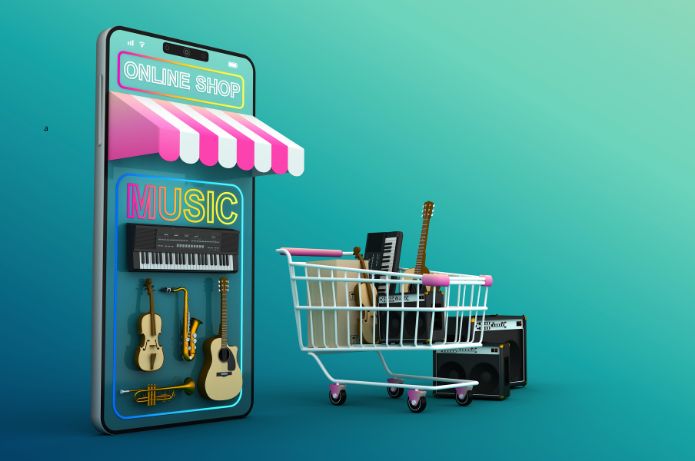The world of e-commerce is undergoing a significant transformation, driven by the growing prevalence of mobile devices. With the exponential increase in the use of smartphones and tablets, companies are adopting a "mobile-first" approach and investing heavily in e-commerce applications. This change is not just a passing trend, but a strategic response to the fundamental changes in consumer behavior and online purchasing expectations
The Rise of Mobile-First:
1. Usage statistics: More than 50% of e-commerce traffic now comes from mobile devices
2. Paradigm shift: From "mobile-friendly" to "mobile-first" in design and development
3. Impact on sales: Significant increase in mobile conversions in recent years
Advantages of E-commerce Applications:
1. Enhanced user experience: Interface optimized for mobile devices
2. Quick access: Instant startup compared to web browsing
3. Native features: Utilization of device resources (camera, GPS, push notifications
4. Customer loyalty: Constant presence on the user's device
5. Advanced personalization: Offers and recommendations based on user behavior
Key Elements of a Successful E-commerce Application:
1. Intuitive and responsive design: User-friendly interface on different screen sizes
2. Simplified navigation: Clear menus and efficient search
3. Optimized checkout: Fast and frictionless purchasing process
4. Mobile payment integration: Support for Apple Pay, Google Pay, etc
5. Rich media content: High-quality images and mobile-optimized videos
6. Personalization: Recommendations based on browsing and purchase history
7. Social features: Easy sharing and integration with social networks
Challenges in Implementing a Mobile-First Strategy:
1. Cross-platform development: Creation of apps for iOS and Android
2. Continuous maintenance: Regular updates to keep up with new operating systems and devices
3. Security: User data protection and secure transactions on mobile devices
4. Performance: Ensure speed and stability under different network conditions
5. Integration with existing systems: Synchronization with inventory, CRM and other back-end systems
Emerging Trends in E-commerce Apps:
1. Augmented Reality (AR): Visualization of products in real environments
2. Artificial Intelligence (AI): Virtual shopping assistants and personalized recommendations
3. Voice Commerce: Integration with voice assistants for voice command shopping
4. Gamification: Game elements to increase user engagement
5. Social Commerce: Deep integration with social media platforms
Marketing Strategies for E-commerce Apps:
1. App Store Optimization (ASO): Optimization for better visibility in app stores
2. User acquisition campaigns: Targeted advertising for app downloads
3. Reengagement: Use of push notifications and emails to bring users back to the app
4. Loyalty program: Exclusive rewards for app users
5. Exclusive content: Offers and products available only in the app
Important Metrics to Evaluate App Success:
1. User installation and retention rate
2. Engagement (time spent in the app, frequency of use
3. Mobile conversion rate
4. Average order value via app
5. Revenue generated by the app
Success Stories:
1. Amazon: App with an intuitive interface and features like "1-click purchase"
2. ASOS: Use of AI for personalized fashion recommendations
3. Sephora: AR integration for virtual product try-on
4. Wish: Gamification and personalized offers to increase engagement
The Future of Mobile E-commerce:
1. 5G: Faster and richer content experiences
2. IoT (Internet of Things): Integration with smart home devices for automatic purchases
3. Blockchain: Greater security and transparency in transactions
4. Virtual Reality (VR): Immersive shopping experiences
The adoption of a mobile-first approach and the development of robust e-commerce applications are no longer optional for companies that want to remain competitive in the digital market. With consumers increasingly dependent on their mobile devices for all facets of life, including purchases, brands should prioritize creating exceptional mobile experiences
Success in mobile e-commerce requires a combination of intuitive design, advanced functionality, personalization and a deep understanding of mobile user behavior. The companies that manage to master this art will not only increase their sales, but will also build lasting relationships


